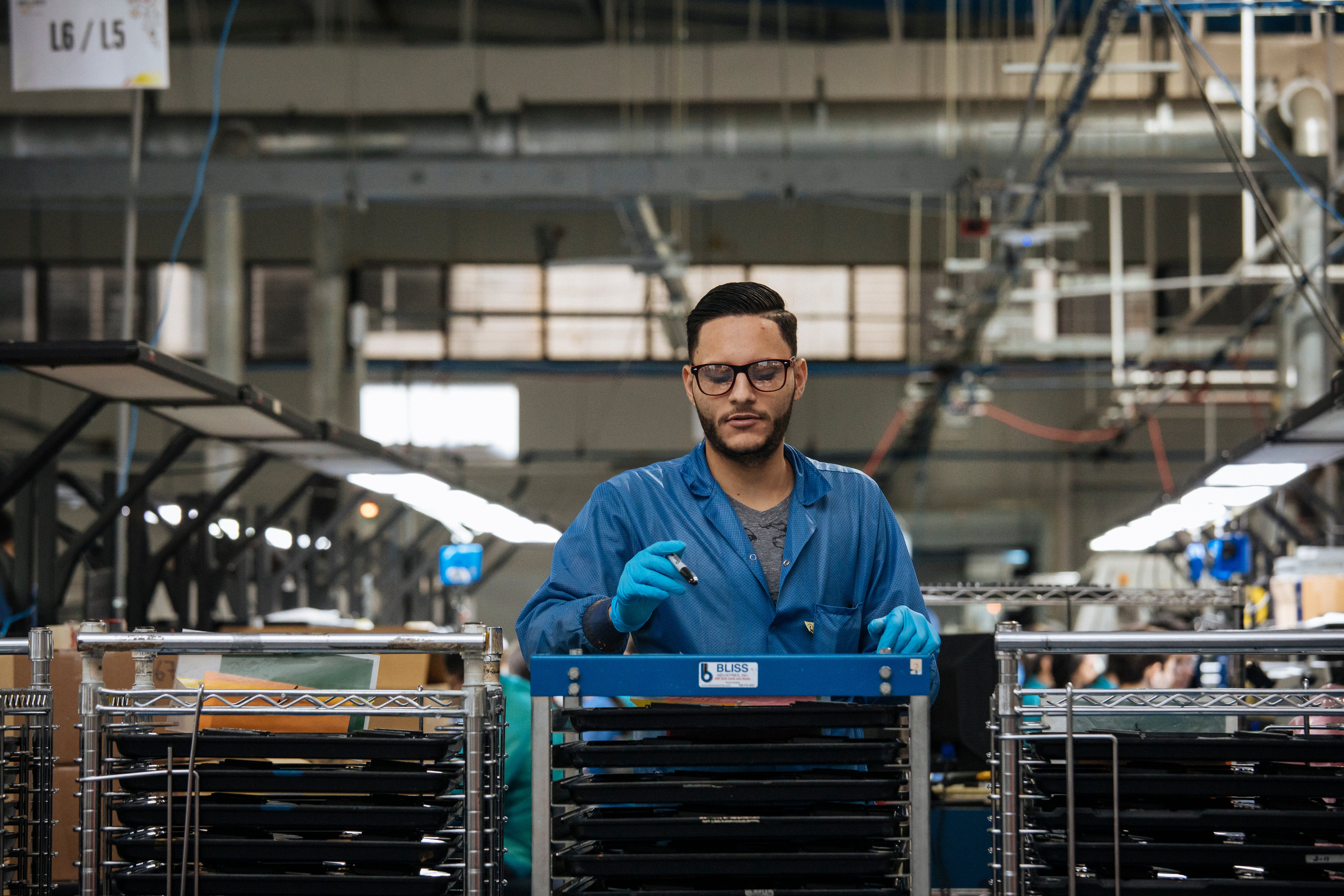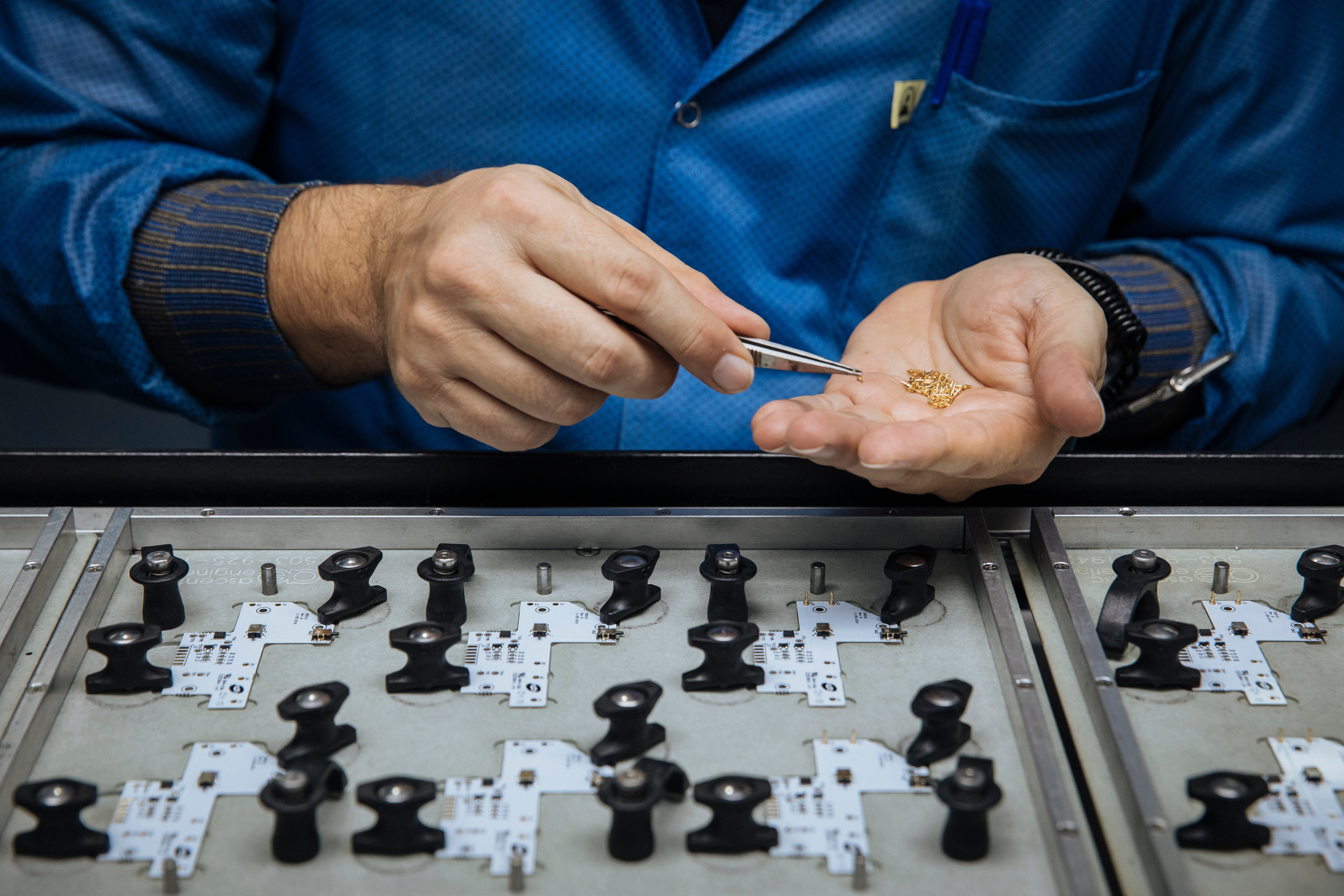So, we're currently wandering around in the middle of the U.S.-China trade negotiations (or lack thereof). However, even before these products were subjected to new regulations, many companies were beginning to diversify their supply chain by transferring production to other Asian countries such as Vietnam. The Eastern Hemisphere has most recently been synonymous with offshore manufacturing, but the game is changing, and there are new players emerging in a big way.
Central and South America, once a region riddled with economic poverty and political unrest, has undergone significant economic growth and political overhauls throughout the last several decades. By prioritizing the growth of manufacturing at a government level through initiatives such as the Caribbean Basin Initiative (CBI) and the Dominican Republic-Central
We’ve talked before about the many benefits of nearshore manufacturing. Proximity joins free trade at the top of this list as it enables businesses to mitigate the disconnect often felt with overseas facilities in an opposite time zone. Long turnaround time, exhaustive travel, expensive shipping
When we examine this region, it’s evident there isn’t one country in Latin America that is, across the board, a better choice for manufacturing. Everything depends on the needs of the individual company and what exactly they’re producing. Let’s take a quick look at some popular locations.

Moving into Central America, Costa Rica’s workforce is young, highly educated and backed by a stable economy. Companies needing electronics, medical devices
Curious about East West's capabilities in Costa Rica? Click to download our free electronics capabilities overview.
MEXICO
One of the more well-known entities for manufacturing in Latin America, Mexico is often the first choice for automotive production and assembly. In fact, according to Mexico Now, a record $3.4 billion in Mexican-made cars and light trucks were exported last year, which was 6% higher than in 2017. Corporations such as Nissan, GM, Ford
*Source: The Offshore Group

GUATEMALA
Textile companies can find a home in Guatemala, Central America’s largest economy and
Though China is still seen as a competitor in terms of price, new tariffs and its sky-high minimum quantity requirements are allowing Guatemala’s production to thrive as it boasts faster lead times and duty-free arrangements. There is a lot of demand from the United States and Asia simply cannot respond quickly enough.

As you’re searching for the perfect manufacturer to partner with, it’s important to strategically evaluate each element of production which, as we’ve discussed here, includes more than simply cost of parts and labor. While those are certainly important factors that need to be considered, the goal should be to find a harmonious marriage between labor rates, access to raw materials, shipping
Though Asia may still sit on the manufacturing "throne," Latin America is sitting just across the Narrow Sea, slowly gaining its followers, waiting for its chance to seize the crown.




.jpg?width=176&height=56&name=MR_associatedNetwork_logo%20(1).jpg)